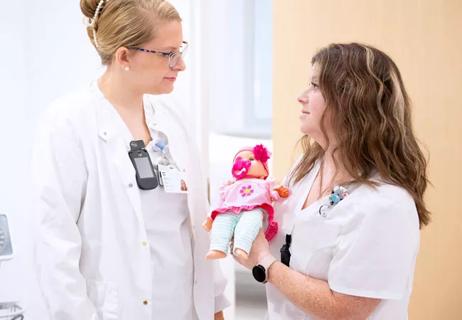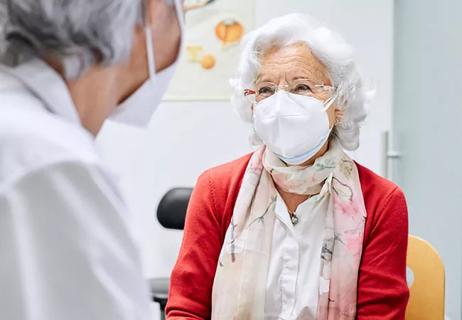Redesigning primary care to address patient needs from twinkle to wrinkle

By Adam Myers, MD, MHCM, FACHE
Cleveland Clinic is a non-profit academic medical center. Advertising on our site helps support our mission. We do not endorse non-Cleveland Clinic products or services. Policy
Change is the one constant in healthcare. Methods of diagnosis and treatment constantly evolve and improve. Sites of care shift from inpatient to outpatient, and face-to-face care becomes virtual. Payment models and regulations constantly change. Not all of the change is “good” for patients and caregivers.
One way to increase the likelihood of favorable change is to be involved. Cleveland Clinic is often at the leading edge of meaningful innovation. We have long been known for innovation and excellence in the tertiary and quaternary care. That excellence underscores our place as a desired destination for those who want the best.
Several years ago, Cleveland Clinic leadership wisely perceived a different shift in healthcare and responded. The shift is toward bringing the same excellence we bring to complex care to the more basic blocking and tackling of primary care and prevention across the entire care continuum. While much of this excellence quietly existed at the clinic previously, the story of meaningful innovation in primary care here was incomplete and undertold. The response was to establish Cleveland Clinic Community Care (4C) as an operating unit.
Most patients want and need a team dedicated to the proactive coordination of their care. Additionally, success in the growing body of value-based payment arrangements necessitates capable and proactive primary care teams.
There is simply too much to manage in the traditional solo doctor model. Our physicians participate in comprehensive teams of caregivers that include advance practice providers, nurses, medical assistants, behavioral health social workers, pharmacists, care coordinators and navigators.
4C combines primary care teams across all ages and sites of care from “twinkle to wrinkle,” General Pediatrics to Geriatrics. We span the inpatient with the hospitalists to the community with community relations and Care @Home. In all sites and levels of practice, we deploy teams focused on top-of-license care for all with need, and strive to address all determinants of care. These teams ideally include physicians, advanced practice providers, pharmacists, behavioral health social workers, medical assistants, navigators and care coordinators.
4C also emphasizes precision and access in medicine: precision through the Center for Personalized Genetic Healthcare; prevention through the Department of Wellness; personalized high-touch care through Executive Health; and access with open access primary care partnered with express/urgent care. Our research and education efforts further distill the best methods for care redesign and prepare the next generation of caregivers for this new paradigm. The work of 4C also complements, rounds out and enhances the excellence of our specialty care through collaboration with many specialty institutes.
Change is here and, once again, Cleveland Clinic is leading the change.

Pilot study confirms feasibility of conducting additional research on the novel treatment

Longer hospitalization does not mean a safer, faster recovery for patients age 70+

Structured data helps identify older adults at risk for poor outcomes, defines patients who require more comprehensive assessments

Self-administered tool can be completed in 10 minutes in waiting room

Social prescribing turns leisure activities into good “medicine”

A large geriatric study aims to find the answers

Analysis underscores how telehealth can help pinpoint elder abuse